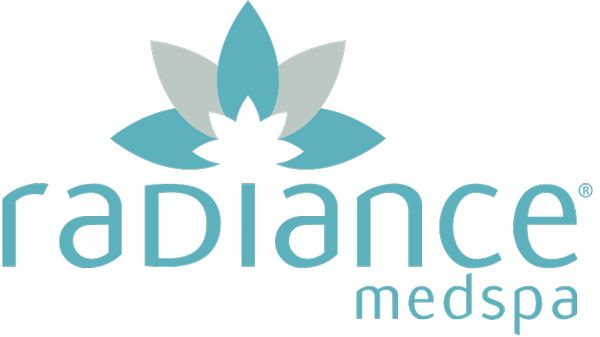 Original Article by Jenna Rennert
Original Article by Jenna Rennert
Suffice it to say, 2017 has ranked high on the global stress barometer. And if nonstop White House turmoil, grim international headlines, or a spate of natural disasters didn't spike your anxiety levels, the steady you've-got-mail ding of an iPhone could justifiably send anyone into a digital tailspin. All that tension is bound to take a toll on health and wellness habits, but for many, the signs manifest in one surprising place: your jaw. Yes, according to experts, jaw clenching is one of the most common secondary effects of stress, and while adopting a Gwyneth Paltrow-like mantra of conscious breathing and meditation may help, it's neither a quick fix nor a foolproof solution.
I know firsthand. Having acquired a grinding habit over the years, fueled by a fast-paced New York City work schedule, Manolo-clad power walks, and an Orbit Gum-chewing addiction, dentists had warned me that I may suffer from future jaw issues. But in recent months, the chronic wear and tear took its toll and my jaw began to feel strained and tired at the end of a long day. Not to mention, a rock-hard ball of muscle had formed on either side of my face, the direct result of biting down unconsciously for hours at work. For help, I turned to Los Angeles-based aging expert Lisa Goodman, P.A., for advice. With one glance, Goodman, founder of the cult Brentwood skin clinic, GoodSkin and a former physician's assistant in the office of West Coast power dermatologist Dr. Harold Lancer, stated that I was suffering from an overworked masseter muscle and, if I continued on this road, it would lead to “premature neck wrinkles, disproportionate face shape, and possibly major pain later in life.”
To my surprise, Goodman suggested we inject Botox directly into the muscle, located on the lower outer quadrants of the face, to relieve the pressure. Over time, she explained (it takes about two weeks to set in), “the solution will enable the muscle to decrease in strength and size.” With waivers signed and numbing cream applied, I braced myself for the impact of the needle, which, when it finally made contact with my skin, I barely even felt. What I did feel, however, was the instantaneous wave of relief that washed over my face and extended all the way down to my neck. Serious cases of TMJ could require up to 35 units of Botox per side, but Goodman opted for just shy of 16 units for me, making sure the amount was distributed evenly and the procedure virtually pain-free.

